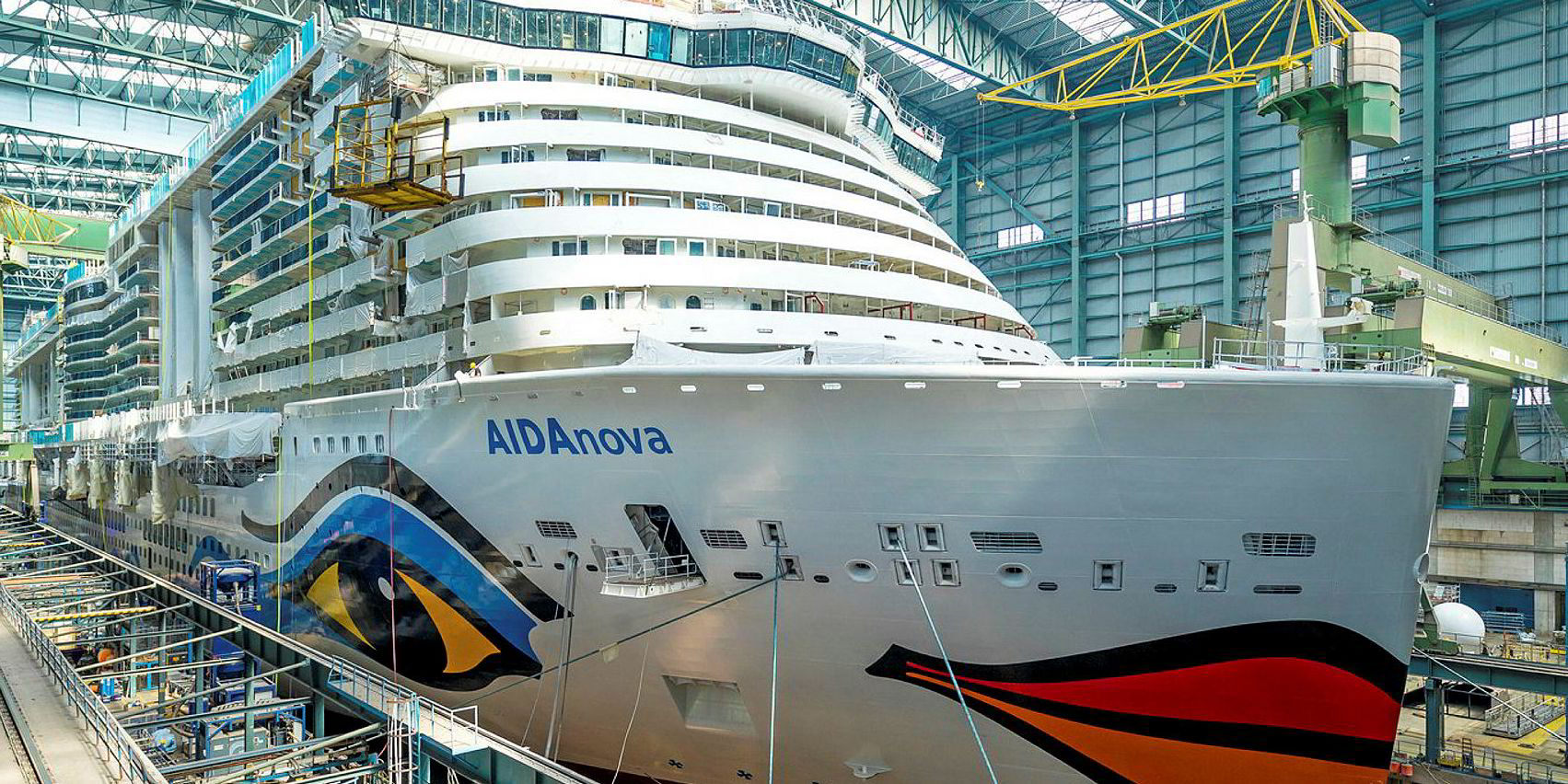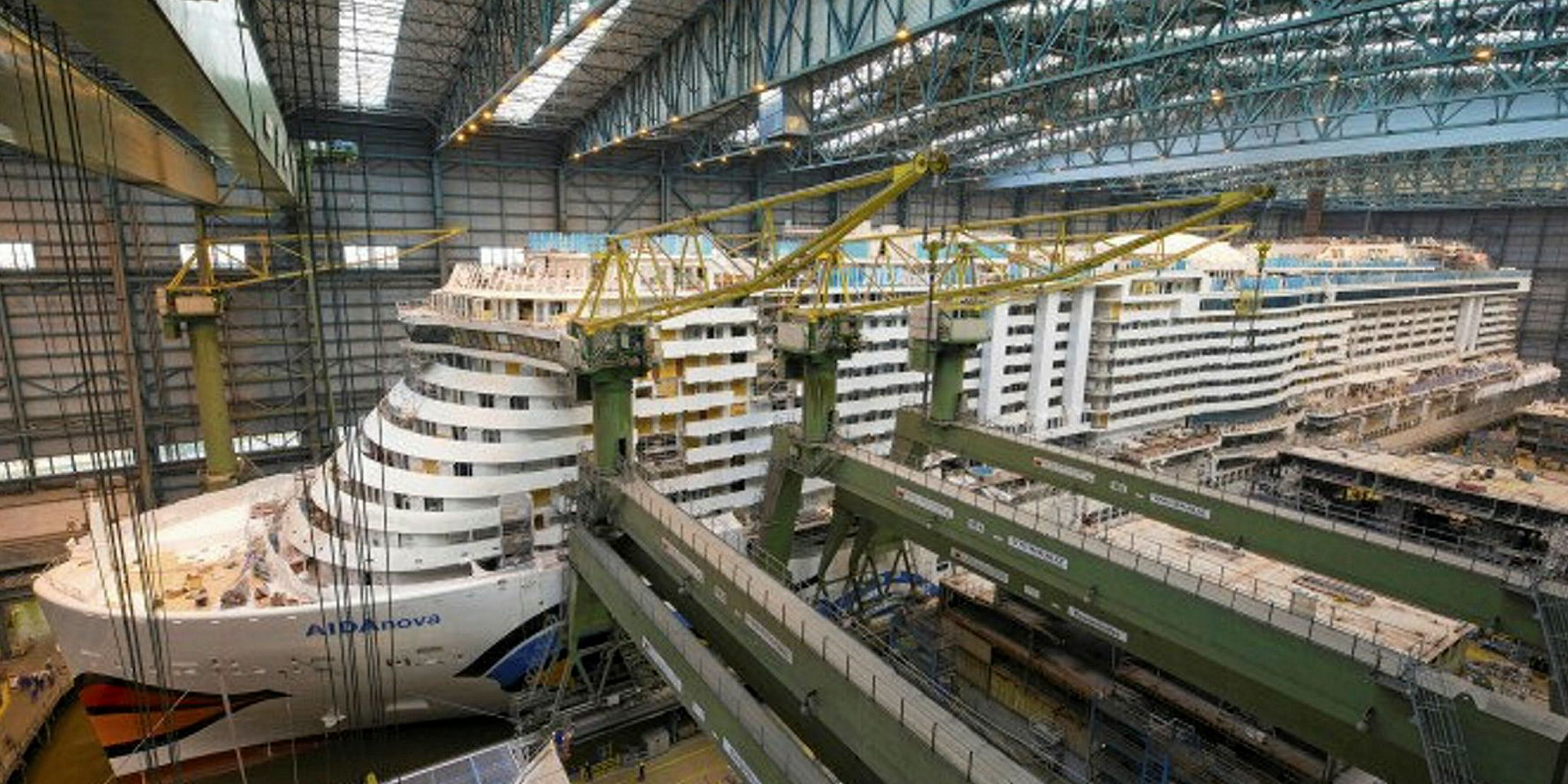Orders for new cruiseships have reached a record-breaking 71 vessels of more than 40,000 gt.
Deliveries now stretch to 2027 if all current options are declared, shipbroker BRS said.
The cruise newbuilding binge follows what BRS described as another excellent year for the cruise industry in 2018, with passenger numbers still rising and huge potential in China.
However, the broker said continued optimism should be tempered slightly by the size of the orderbook, fuel regulations taking effect in 2020 and increased public awareness of the cruise industry’s impact on the environment.
Last year saw 10 cruiseships of more than 40,000 gt delivered — the same as in 2017.
Crusiseship record broken
That included France’s Chantiers de l’Atlantique delivering the latest of Royal Caribbean Cruises' Oasis-class series, the 228,000-gt Symphony of the Seas, which overtook the 226,900-gt Harmony of the Seas (built 2015) as the largest cruiseship in the world.
New orders last year saw Carnival Corp place contracts for two ships, plus two options, at Shanghai Waigaoqiao Shipbuilding under its “groundbreaking” joint venture with Fincantieri, China State Shipbuilding Corp and China Investment Corp.
The first two vessels will be delivered in 2023 and 2024, each with 2,215 cabins.
BRS cited statistics from the Cruise Lines International Association showing the number of passengers taking a cruise in 2018 increased by more than 5.5% to 28.2 million, compared with 26.7 million in the previous year.
The Paris-headquartered broker, which has a long track record in the cruiseship sector, said the figure is forecast to rise again in 2019 to around 30 million — a 6.3% increase year on year.
“This is a far cry from 2009’s total of just 17.8 million,” BRS said, adding that the relatively small share of global tourism enjoyed by the cruise industry “suggests a potentially rosy future” for its development.
It added that in addition to Chinese holidaymakers generally spending a reported $258bn on international tourism in 2017, an increasing number of inbound visitors are reaching China on cruiseships.
BRS noted that Beijing is “heavily promoting its new 144-hour visa-free transit policy in a bid to increase traffic and capture more passenger spending”.
Industry development
The government is also clearly encouraging development of the industry by building and expanding cruise terminals, forming partnerships with foreign cruise companies and providing incentives to shipyards to build passenger vessels, BRS said.
”The industry has proven to be resilient and flexible, and its ability to reposition assets according to market demand remains a great advantage over land-based tourism,” the broker concluded.
“China is the next logical growth reservoir. With an estimated 300 million Chinese citizens theoretically able to afford a cruise holiday, this is undoubtedly the growth target for the industry.”





